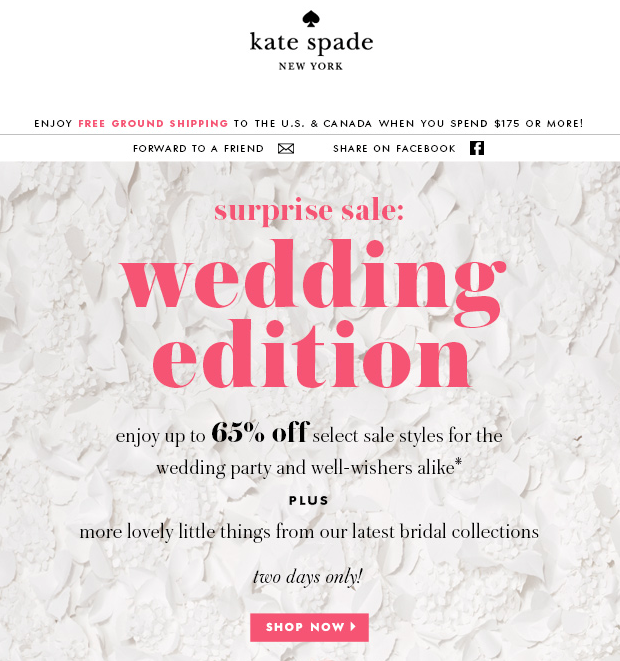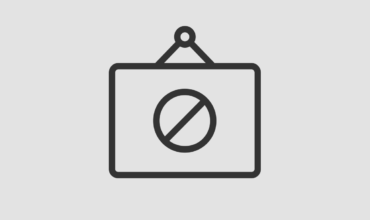Increasing Loyalty with Personalization

Two weeks ago, we talked a little about defining the loyal customer with data.
And because loyalty is so important for successful marketing, we decided to explore the topic a little further. But this time, we’re looking at loyalty through the lens of personalization. Personalization is the best way to successfully retain customers effectively and efficiently.
We have developed a guide to show how personalizing marketing can increase customer retention and loyalty.
Collecting Data
When marketers struggle, the reason often has something to do with acquiring customer information and data. Marketers may worry that customers are hesitant to share personal information – especially over digital avenues. Some customers may complain that the process to share information takes too long to share. Others may worry that disclosing contact information may put them at the receiving end for a plethora of spam mail.
It is a marketer’s job to put these customers’ minds at ease. Customers unwilling to spend an extra few minutes sharing personal information should be reminded that data disclosure is a future investment. Spending extra time sharing information today can result in a faster online check-out in the future.

Marketers should also reassure consumers who are wary of spam mail. Those worried about copious amounts of spam should be reminded that they will actually be on the receiving end of exclusive offers from the retailer – offers that may not be available without sharing an email address. Consider Kate Spade’s email campaign, which offers secret sales for users that share email addresses.
While these ideas might seem like second-nature ideas for marketers, it’s important to remember that the public is not always familiar with loyalty programs and data disclosure.
Drafting content
After data has been collected, marketers can develop personalized content.
Personalized content is meaningful content for consumers. Integrating customer data into marketing can transform a generalized message into an intimate, 1:1 experience.
Personalized messages should always contain the recipient’s name. Using a customer’s name in a subject line can serve as an attention grabber. When scrolling through emails from a variety of companies, a customer is more likely to pause when seeing his or her own name amidst dozens of irrelevant emails. Name usage can also make a customer feel important. A first-name basis relationship can enhance the intimacy between marketer and marketee.
Personalized content should also incorporate the consumer’s location. Consider, for example, AmazonLocal, which sends emails with deals based around a shopper’s location. These offers are often successful because people obviously prefer products that are relevant to their lives – about 3 out of 4 people get frustrated with irrelevant offers.
Personalize via nontraditional channels
Don’t be afraid to stray from the automated email “norm.” Differentiate your company from others by sending hand written notes or making phone calls to your loyal customers.
Designer Tory Burch is an expert at personalizing through nontraditional channels. The lifestyle brand who sent its frequent shoppers holiday gifts in December. My mom was sent a small USB keychain as a gift, as well as a note from the company, thanking her for her purchases. The token was small, but the gesture was big and memorable.
Personalized tokens show customer appreciation, which, in turn, perpetuate loyalty and retention. Thinking outside of the box can be an asset when keeping customers interested and invested in your company.
Personalization’s potential
Personalization is great for increasing customer loyalty, but there are many other ways marketers can use content marketing to their advantage. Learn about how to overcome stress when marketing, or how to tap into the disconnected consumer with personalization.






